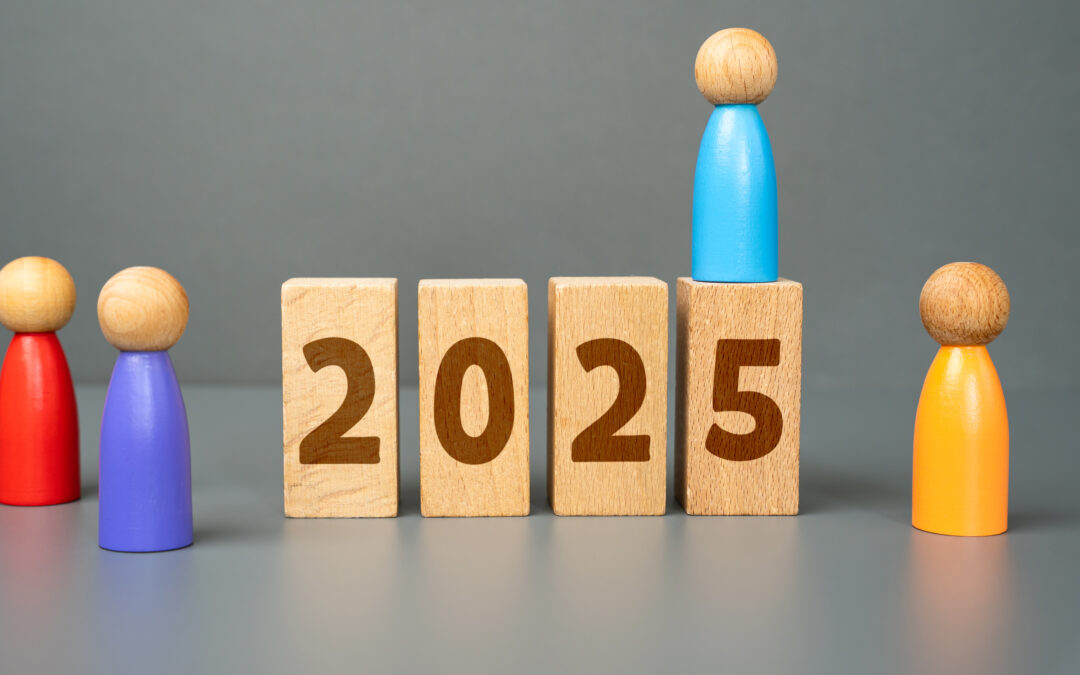Procurement is evolving at a record pace. With digital innovation, global disruptions, and sustainability mandates driving change, businesses must stay ahead. As 2025 approaches, procurement leaders must embrace new strategies to remain competitive. Here’s a deep dive into the key procurement trends that will shape the future.
Digital Transformation Will Dominate Procurement Strategy
Digital transformation in procurement is no longer optional. By 2025, artificial intelligence (AI), machine learning (ML), and robotic process automation (RPA) will power decision-making and procurement automation. These technologies streamline workflows, reduce manual errors, and deliver real-time insights.
Companies using platforms like SAP Ariba and Coupa can automate sourcing, contract management, and spend analysis. Procurement professionals must adopt smart tools to enhance agility, cut costs, and improve supplier collaboration.
Sustainability and Ethical Sourcing Take Center Stage
Sustainability isn’t a buzzword anymore—it’s a business necessity. In 2025, companies will demand more visibility into their supply chains. Stakeholders want assurance that suppliers meet environmental, social, and governance (ESG) standards.
Procurement teams will be tasked with ensuring suppliers follow green practices, fair labor laws, and ethical sourcing protocols. Tools like EcoVadis help businesses monitor supplier sustainability performance.
This shift will affect supplier selection, risk assessments, and compliance tracking.
Data-Driven Decision Making Becomes the Norm
In the future of procurement, data rules. Procurement teams will rely on predictive analytics, real-time dashboards, and big data to make informed decisions.
Data-driven procurement will allow better demand forecasting, risk management, and cost optimization. Tools like Tableau, Power BI, and procurement-specific dashboards will become essential.
No more guessing—smart analytics will drive better negotiations and performance tracking.
Resilient Supply Chains Will Be a Strategic Imperative
Supply chain disruptions, such as those seen during the COVID-19 pandemic, exposed major weaknesses. In 2025, resilient procurement will focus on risk mitigation and diversification.
Businesses will reduce dependency on single-source suppliers and explore regional sourcing. Procurement leaders must plan for alternative suppliers, redundant sourcing strategies, and real-time risk monitoring.
Tools like Resilinc and Riskmethods offer advanced supply chain risk management capabilities.
Supplier Collaboration and Relationship Management Evolve
Supplier relationships will go beyond cost negotiations. In 2025, procurement will focus on value-based partnerships. Collaboration platforms will enable seamless communication, innovation sharing, and performance feedback.
Strategic supplier relationship management (SRM) will foster innovation, improve service levels, and reduce long-term risks. Companies must invest in supplier portals, shared KPIs, and transparent collaboration models.
Cloud-Based Procurement Platforms Lead the Way
Cloud technology is revolutionizing procurement. By 2025, most organizations will migrate from legacy systems to cloud-based procurement software.
These platforms offer flexibility, scalability, and real-time access. They also integrate easily with other business systems such as ERP, CRM, and finance.
Top cloud procurement platforms include:
AI-Powered Chatbots and Virtual Assistants for Procurement
AI is transforming communication in procurement. Smart chatbots and virtual assistants can handle purchase requisitions, supplier queries, and invoice tracking.
They improve response times, reduce support costs, and increase employee productivity. Tools like ProcurementFlow and Zycus Merlin offer intelligent procurement assistants for daily tasks.
Blockchain Adds Transparency and Trust
Blockchain in procurement is emerging as a game changer. It ensures immutable records, reduces fraud, and enhances contract enforcement.
Blockchain-based smart contracts can automate payments and enforce terms without intermediaries. This creates transparent, auditable procurement ecosystems.
Industries like pharmaceuticals, agriculture, and aerospace are already experimenting with blockchain-powered sourcing and logistics.
Diversity, Equity, and Inclusion (DEI) in Procurement
In 2025, procurement will prioritize supplier diversity. Partnering with minority-owned, women-owned, and small businesses will boost innovation and reflect consumer values.
Government agencies and Fortune 500 companies are leading the charge with DEI-driven procurement programs. Tools like SupplierGATEWAY and ConnXus make diverse supplier discovery easier.
Cybersecurity in Procurement Gains Importance
With growing digital footprints, procurement platforms become prime targets for cyberattacks. In 2025, protecting supplier data, contracts, and payment information is critical.
Procurement leaders must enforce strict security protocols, adopt multi-factor authentication, and monitor systems 24/7. Collaborating with cybersecurity teams ensures procurement remains a trusted business function.
Talent and Skill Development in Modern Procurement
Future-ready procurement demands new skills. Strategic thinking, digital fluency, and supplier relationship management will be highly valued.
Companies must upskill procurement professionals through continuous learning, certifications, and mentoring. Organizations like ISM and CIPS offer training for future procurement leaders.
Agile Procurement Models Gain Momentum
Traditional procurement is slow. Agile procurement is fast, iterative, and customer-centric. By 2025, more companies will shift toward agile frameworks to support innovation and speed.
Agile sourcing allows cross-functional teams to test vendor solutions, pivot quickly, and reduce time-to-contract. This approach works well in IT, marketing, and product development procurement.
Key Takeaways for Procurement Leaders in 2025
- Adopt digital tools to stay efficient and competitive.
- Build resilient supply chains to handle global shocks.
- Focus on ESG and supplier diversity to meet stakeholder expectations.
- Use data analytics for smarter, faster decisions.
- Invest in talent to future-proof your procurement team.
Conclusion: The Time to Act Is Now
Procurement in 2025 won’t resemble the procurement of the past. Embracing these trends today will drive strategic value tomorrow. Whether you’re optimizing cost, managing risks, or innovating with suppliers—future-proofing your procurement starts with taking action now.
If you want to keep your business agile, sustainable, and competitive, don’t wait. Start aligning your procurement strategy with the future today.



